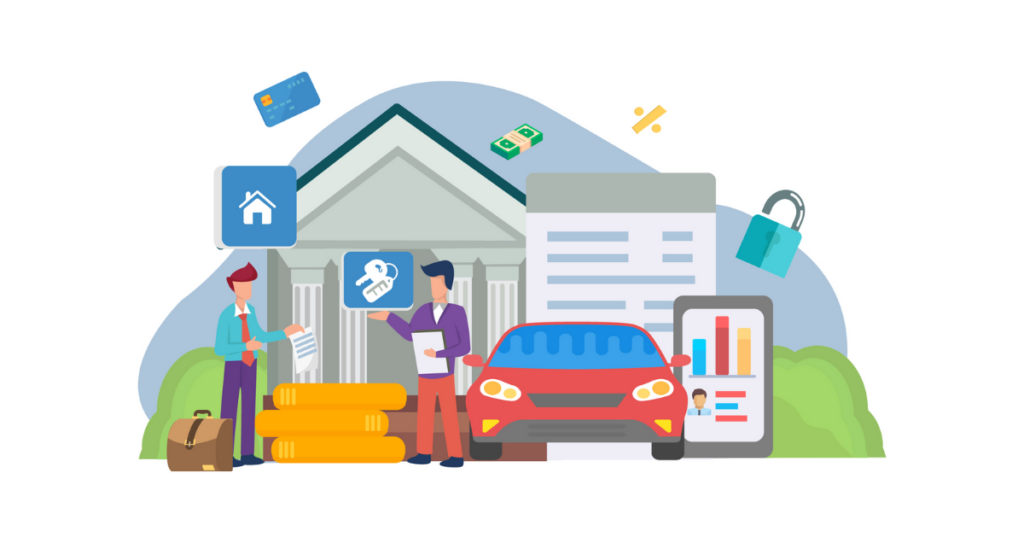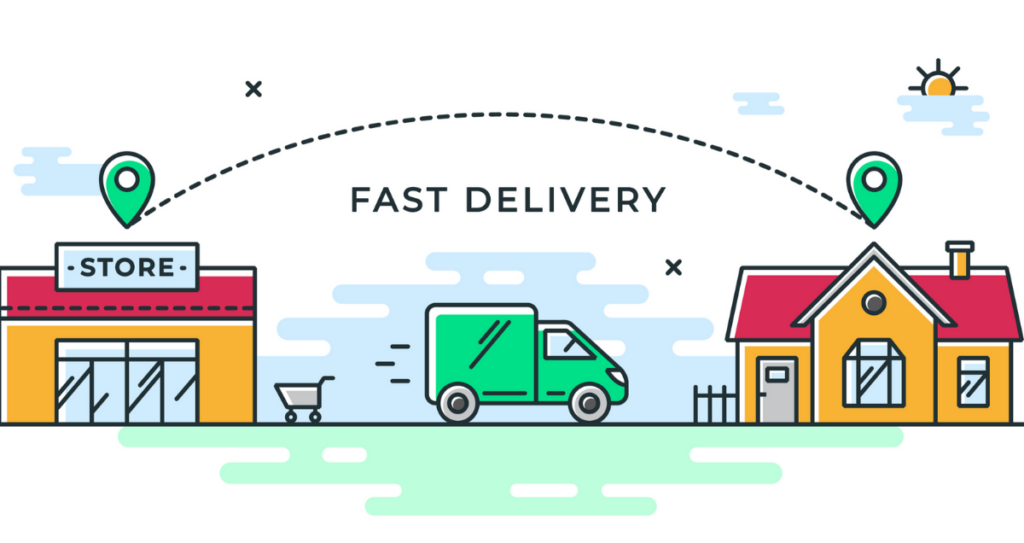
“Happiness is getting a package from FedEx.”
A brilliant idea owes its existence to a college assignment. The revolutionary concept that is responsible for first centralizing the courier delivery. The idea that promises you to deliver your package safely in one piece, the idea that also incited the delivery tracking system’s patent, the concept that connects people with possibilities. That idea that has so much of glory, magic, and marvel associated with it, is none other than FedEx.

The genesis of FedEx
In 1965, a Yale University graduate, in his term paper, outlined the logistic problems faced by firms and proposed a system to accommodate time-sensitive deliveries. Consequently, the foundation-stone of Federal Express was laid in Little Rock, Arkansas, in 1961. In 1994 Federal Express was officially rebranded as FedEx.
FedEx Business Model
FedEx uses wholly-owned subsidiaries to provide a portfolio of transportation, e-commerce, and business services. FedEx generates value by offering ‘high value-added’ package delivery services to 220+ countries. The inceptive bedrock of FedEx, i.e., “When it absolutely, positively has to be there overnight,” encapsulates its business model. FedEx stays ahead of the curve by delivering the promise of speedy delivery with over 99% reliability. For this purpose, FedEx banks upon its ultra-efficient operating systems that are pivoted on aircraft. Fed uses a hub-spoke model where-in instead of flying directly, FedEx aircraft pass through one of the strategically placed FedEx hubs. Consequently, packages are immediately placed on outbound aircraft, and thus this operational model reduces the delivery time.

FedEx Business Model: Operating Segments
FedEx has the following key operating segments:
- FedEx Express: The global network responsible for providing time-sensitive and air-ground express service.
- FedEx Ground: Renders reliable B2B delivery or convenient residential services. Although FedEx serves customers & businesses across the globe transcending geographical barriers but FedEx Ground is exclusively for North America.
- FedEx Freight: Provides an array of LTL (less-than-truckload) choices to address customer needs.
- FedEx Services: It uses technology to address customer needs, be it global supply chain issues or e-commerce problems.
FedEx Business Model: Revenue Insights
In 1973, FedEx witnessed the growth, and since then, there’s no turning back. Apart from the four main vital segments, FedEx Logistics & FedEx Office, also contributes to the total revenue. In FY20, FedEx managed to earn $69.2B, out of which 51% was donated by FedEx Express, 33% FedEx Ground, 10% by FedEx Freight, and the rest by others and eliminations. From FT16 to FY19, FedEx witnessed an annual growth rate of 11.6%. During this period, i.e., FY16-FY19, revenue for FedEx Express & FedEx Ground grew due to higher packages being shipped. In the future, volume growth could touch high single digits owing to an increase in e-commerce. Freight shipments also grew, leading to FedEx Freight revenue growth.
Factors affecting business & revenue
- Overall customer demand for a mix of services in the FedEx portfolio of services
- Macroeconomic factors & global factors affecting the market of FedEx customers
- The volume of transportation services, gauged using shipment weight & average daily volume
- The cost controlling ability of FedEx to match with the changing volume levels
- The yield earned by FedEx measured in terms of revenue per package or revenue per hundredweight etc

What the future holds for FedEx
Market analysts forecast that a 15.5% raise will be witnessed in the EPS of FedEx shares for FY21. Its forward price ratio of 13.8 highlights that the stock provides the stock’s safety as a growth strategy is implemented. FedEx has undertaken some remarkable digital transformations. For instance, FedEx delivery managers aimed at increasing visibility and control for customers, autonomous vehicles like Roxo, the FedEx SameDay Bot inciting cutting-edge innovation, and their newest solutions FedEx Surround and SenseAware ID to advance their industry-leading tracking technology. FedEx’s realigned strategy is helping FedEx deliver its purple promise in more meaningful ways, and clearly, the best years of FedEx and its customers are ahead.
If you’re also looking for creating excellent delivery management services with real-time tracking, Tookan is the ultimate cure-all for you. Route optimization, end to end planning, automated dispatch, and geofencing are some of the many excellent features that Tookan has got in store to help you streamline your business.
If you enjoyed reading this, we’re sure you will also love checking out what we have in store on our Youtube channel. You can also head to our home page for more information!
Subscribe to stay ahead with the latest updates and entrepreneurial insights!

Subscribe to our newsletter
Get access to the latest industry & product insights.





















